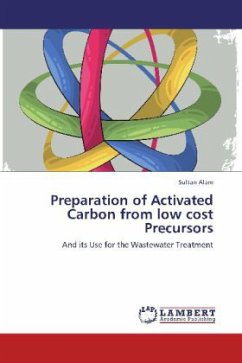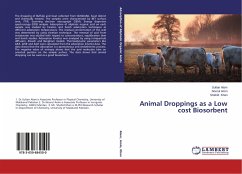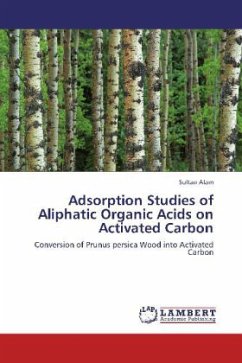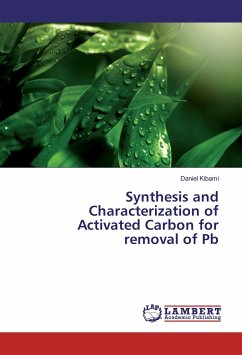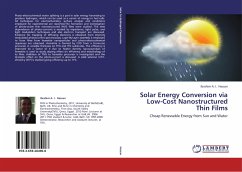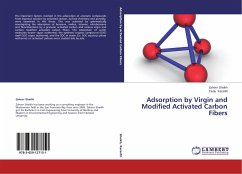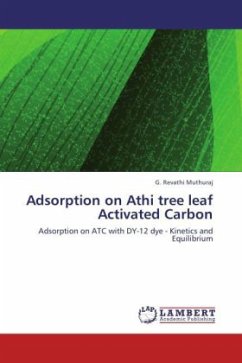Low cost agricultural waste material and animal bones were utilized for the preparation of activated carbon. Industrial spent carbon was also regenerated. The carbon samples were activated chemically and by thermal means (400-1000°C). The samples were characterized by surface area (BET, DR, BJH, Langmuir) with pore volume, FTIR, XRD, SEM and EDS. The rate of adsorption of dyes on the carbon samples was high in the initial fifteen seconds and then declined due to its diffusion in to the micropores. Negative values of entropy of activation ( S) of the dyes adsorption reflected the affinity of the dye molecules towards the carbon surface which were found to decrease with the increase in adsorption temperature. The linear plots of Bangham and intraparticle diffusion models showed that the adsorption of dye on the carbon surface is a diffusion controlled process. The Freundlich, Langmuir and DR models were used to estimate the adsorption parameters. The best fit of the isotherms, found from the correlation coefficients (r2) were in the sequence: DR Langmuir Freundlich.

